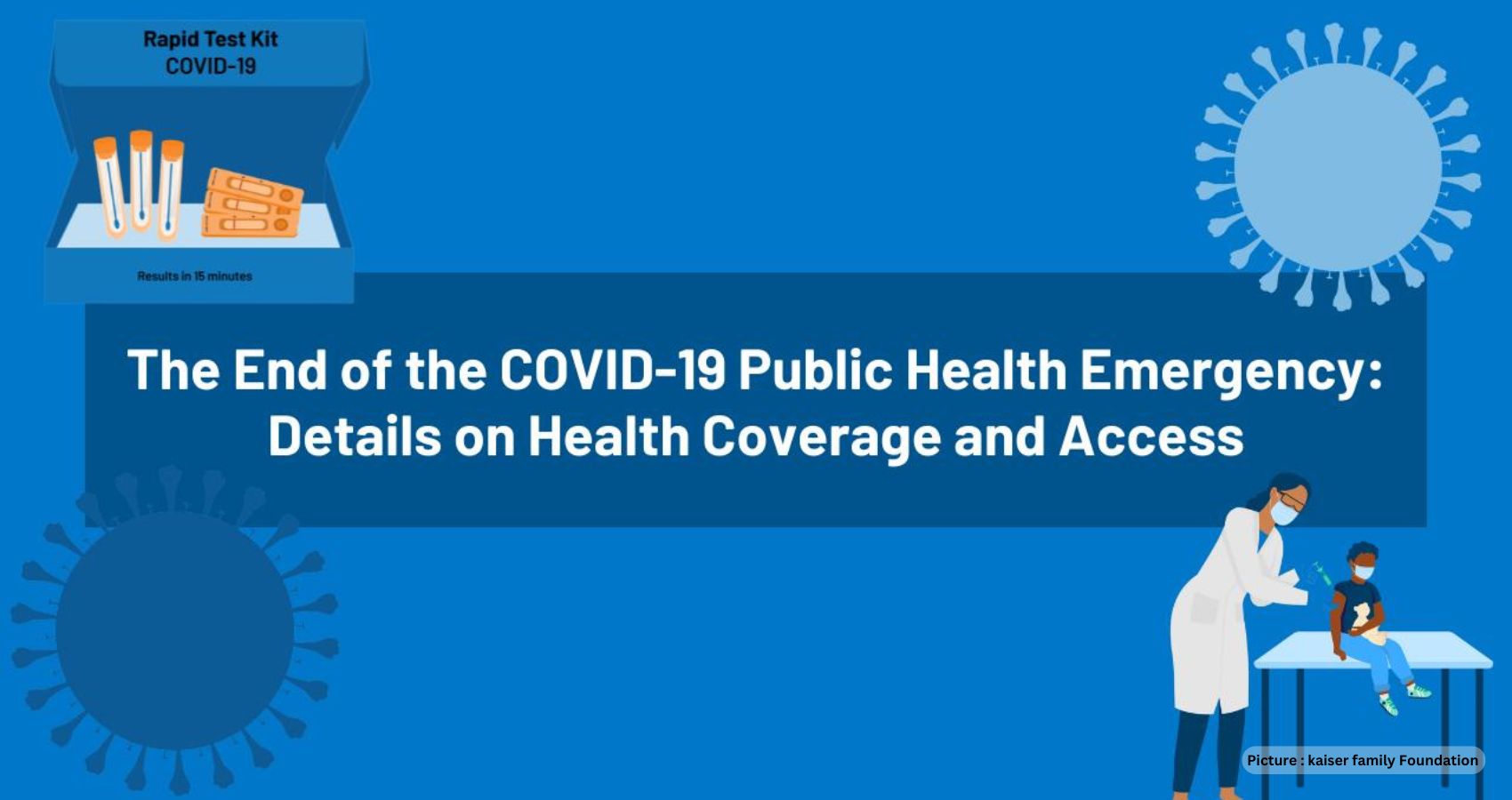After more than three long years, the Covid-19 pandemic is finally coming to an end. On Friday, the World Health Organization (WHO) announced that Covid-19 no longer poses a Public Health Emergency of International Concern, while the United States is set to end its own public health emergency declaration on Thursday. However, this news doesn’t mean that the world is entirely out of the woods. “Although it is a very good sign, it doesn’t mean America or the world is entirely out of the woods,” states a recent news article.
Throughout the pandemic, the United States has been described as a patient by numerous health experts. The end of the public health emergency can be considered as the patient’s discharge from the hospital after a lengthy illness. This discharge follows numerous setbacks and improvements, from stints in the ICU to triumphs of modern medicine and human ingenuity.
However, it’s imperative that all countries keep a close eye on the situation as Covid-19 is still a global threat. Last week, the WHO’s International Health Regulations Emergency Committee decided that the Public Health Emergency of International Concern (PHEIC) should end as a result of decreasing Covid-19-related hospitalizations and deaths, as well as high levels of immunity in the population. The committee advised that it’s time to transition to long-term management of the COVID-19 pandemic.
“During the process of transitioning from emergency to long-term, the level of concern is lower,” said Maria Van Kerkhove, WHO’s Covid-19 technical lead and head of its program on emerging diseases. “While we’re not in crisis mode, we can’t let our guard down. The disease and the coronavirus that causes it are here to stay.”
The WHO also wants to ensure that the pandemic is under control and that everyone follows health regulations, including testing, monitoring, and follow-up appointments, to prevent the possibility of a readmission.
“Covid-19 is still a global threat because the virus can continue to evolve and spread,” said Van Kerkhove. “We need to carefully watch for new variant strains, especially in unvaccinated populations. We also need to ensure that vaccines are accessible to everyone, regardless of where they live.”











